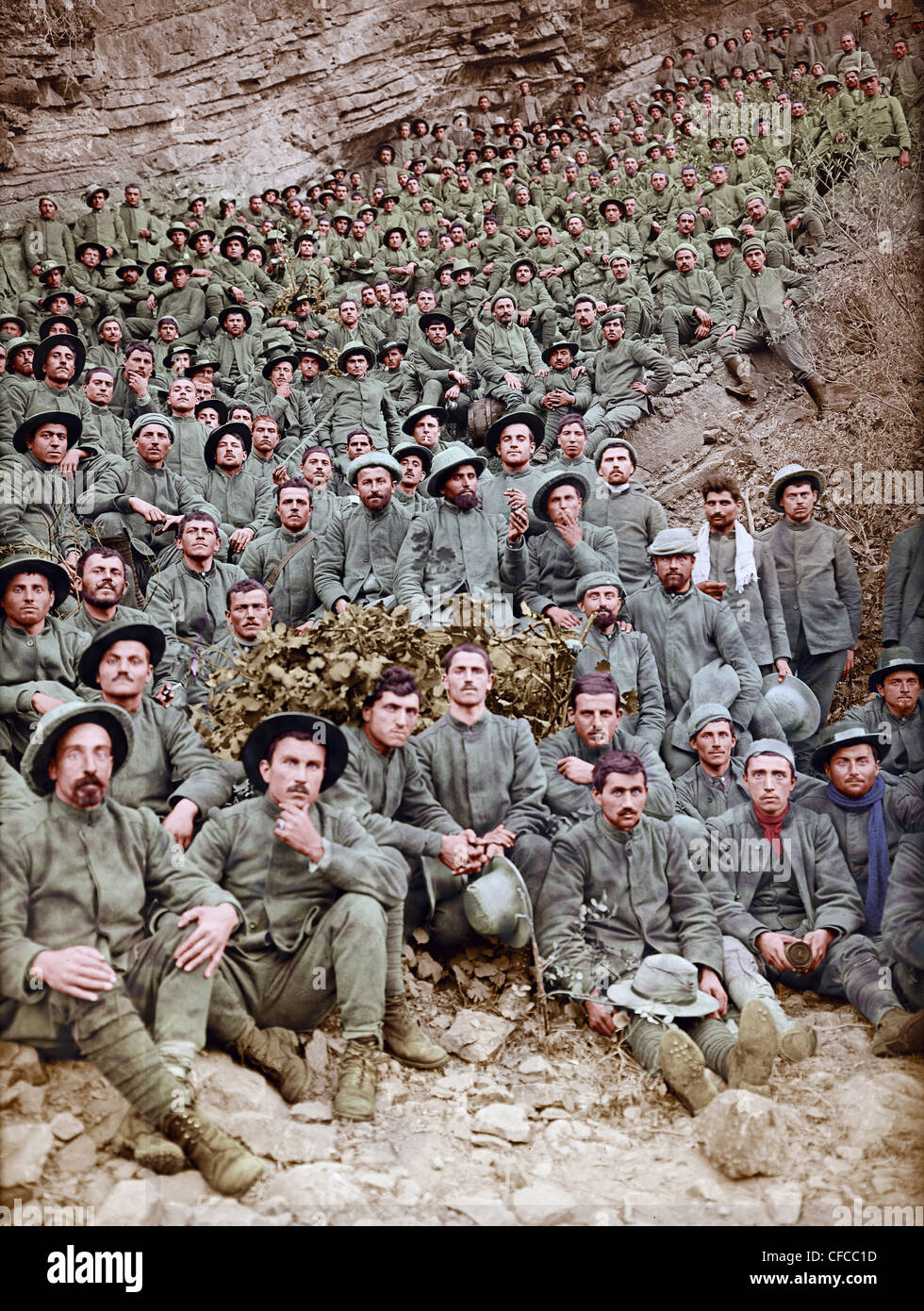
Like all Commonwealth war cemeteries, they are immaculate. Not the slaughter of the Somme, perhaps, but the sons of 712 families lie in the five small cemeteries in the woods along unpaved roads in the hills around Asiago.

They advanced so fast that it was two days before their rations caught up with them - through woods, up and down precipitous slopes that dropped hundreds of feet at a time until, on 4 November 1918, their armistice was signed. They became the first British troops to cross the pre-war boundaries into enemy territory. And when incoming artillery fire struck the rock, shrapnel from the shells was augmented by razor-sharp splinters of rock.Īnd there they stayed, up in the hills of the Asiago Plateau, through the summer of 1918, until 1 November.Įarly that morning, with so little notice that the British troops did not get their pre-battle cup of tea, they attacked, and found the Austrian Army crumbling before them. They zigzagged without military sense as they followed fissures in the limestone. Here the trenches were hewn and blasted out of solid rock. No complex dugouts with wooden walls and beds for officers. But they are nothing like the military engineering of Flanders. If you know where to look, and are prepared to scramble up steep hillsides, you can still trace the trench systems. Cool and shady today, but then still covered with snow and liable to burst into flames during Austrian artillery bombardments. In many places, the pinewoods were still standing as they are now. They managed the ascent by marching for 20 minutes then stopping for 10, through an achingly long day. The swamps north of Venice meant a return to the familiar mud, with the added joys of mosquitoes and malaria.īut in the early spring they left the Venetian plain and marched towards the foothills of the Alps which rise, without preamble, straight from sea-level to 3,000ft (900m) and more. The Italian Army came under heavy attack at the battle of Caporetto Some were lucky, they moved into trenches that were on warm, dry hills. In Italy, they had oranges and figs thrown to them as they marched to reinforce the Italian line.
.jpg)

They came straight out of the trenches of Flanders, from the cold and rain, the mud and the poison gas.Īs they travelled down through France, the days got warmer.

The Italians were fighting the Austrians, and the Germans, at the twelfth Battle of the Isonzo, the one they called Caporetto - and they were losing, terribly.Įrnest Hemingway tells the story in A Farwell To Arms, and an English nurse is at the heart of that book - but the British soldiers who came to strengthen the new front line seem to have disappeared from sight. In the autumn of 1917, the British Army was fighting the third Battle of Ypres, the one they called Passchendaele. They advanced so fast that it was two days before their rations caught up with them


 0 kommentar(er)
0 kommentar(er)
